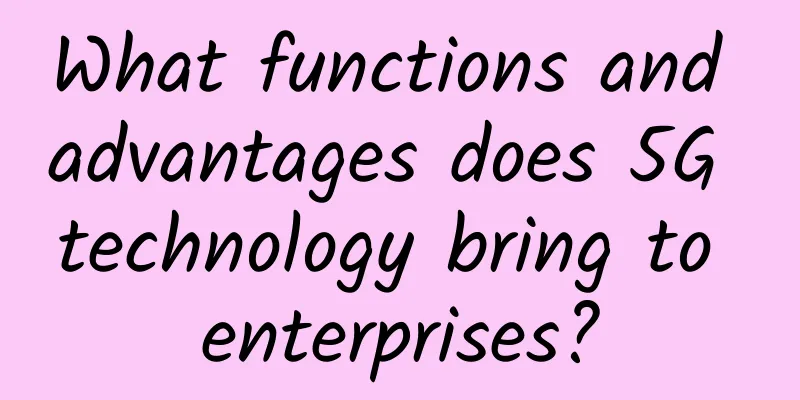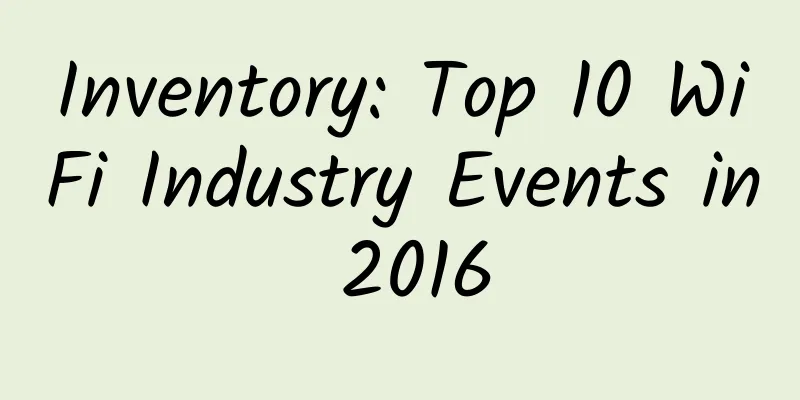What functions and advantages does 5G technology bring to enterprises?

|
As carriers pilot fifth-generation cellular networks, or 5G, most of the discussion has centered around the benefits 5G brings to consumers and smartphones. But enterprises can also gain significant advantages, starting with fixed wireless 5G (as a point-to-point broadband replacement) and eventually even mobile 5G.
Let’s take a closer look at the capabilities and benefits that 5G brings to enterprises.
Although 5G will bring these new features and advantages, the technology also has disadvantages. For example, the main disadvantage is that 5G antenna coverage is lower than 4G, which will result in a higher density of antennas required for the same coverage. However, overall, when the pilot is completed and 5G becomes popular, the real business benefits of 5G technology will become apparent. |
<<: Are you among the unemployed after 5G?
Recommend
Moody's: US telecom companies seriously underinvest in broadband upgrades
According to foreign media reports, Moody's, ...
Interviewer: What is your understanding of IO multiplexing?
"IO multiplexing" is a common technical...
From WiFi to NB-IoT, exploring the high-tech access methods of smart door locks
Hello everyone! I am Xiaomi, a 29-year-old who is...
5G is coming, do I need to change my SIM card?
2019 is the first year of 5G. With the issuance o...
Emerging technology trends to watch in 2023
As the world of technology continues to evolve, i...
802.11ax emerges, what does it bring to wireless?
In 2017, Broadcom, Qualcomm, Marvell and other ma...
Why Manufacturing is an Excellent Use Case for Edge Computing
As IoT devices become more common, edge computing...
Multiple Choices for Internet Communication: Do you really know how to make phone calls?
"Do you really know how to make phone calls?...
CERNET and Shengbang Security have reached a strategic cooperation, allowing colleges and universities to experience more efficient and convenient Web security governance SaaS services
[51CTO.com original article] On October 24, CERNE...
Accelerate the construction of new infrastructure projects such as 5G and integrated data centers
Since the beginning of this year, the COVID-19 pa...
"4.5G": LTE-Advanced Pro users will grow rapidly
According to foreign media reports, market resear...
Kvmla: VPS hosts are 20% off, old users can get 100 yuan for 500 yuan, Singapore dedicated servers start from 350 yuan/month
Kvmla has launched a year-end and 2024 New Year p...
Industrial Ethernet Market Expected to Exceed $350 Billion by 2032
The Industrial Ethernet market will grow from a c...
The Ministry of Industry and Information Technology has made it clear that the SA function will be turned on by default for new 5G mobile phones
5G mobile phones are divided into NSA and SA dual...
Policies are hot, but enterprises are cold. Industrial Internet is a trend in the long run, but it is still a tough nut to crack at present.
In the post-epidemic era, the domestic epidemic h...



![[Black Friday] LiteServer: 60% off VPS in the Netherlands, large hard drive VPS/large traffic VPS monthly payment starting from 2.4 euros](/upload/images/67cac00971b47.webp)





